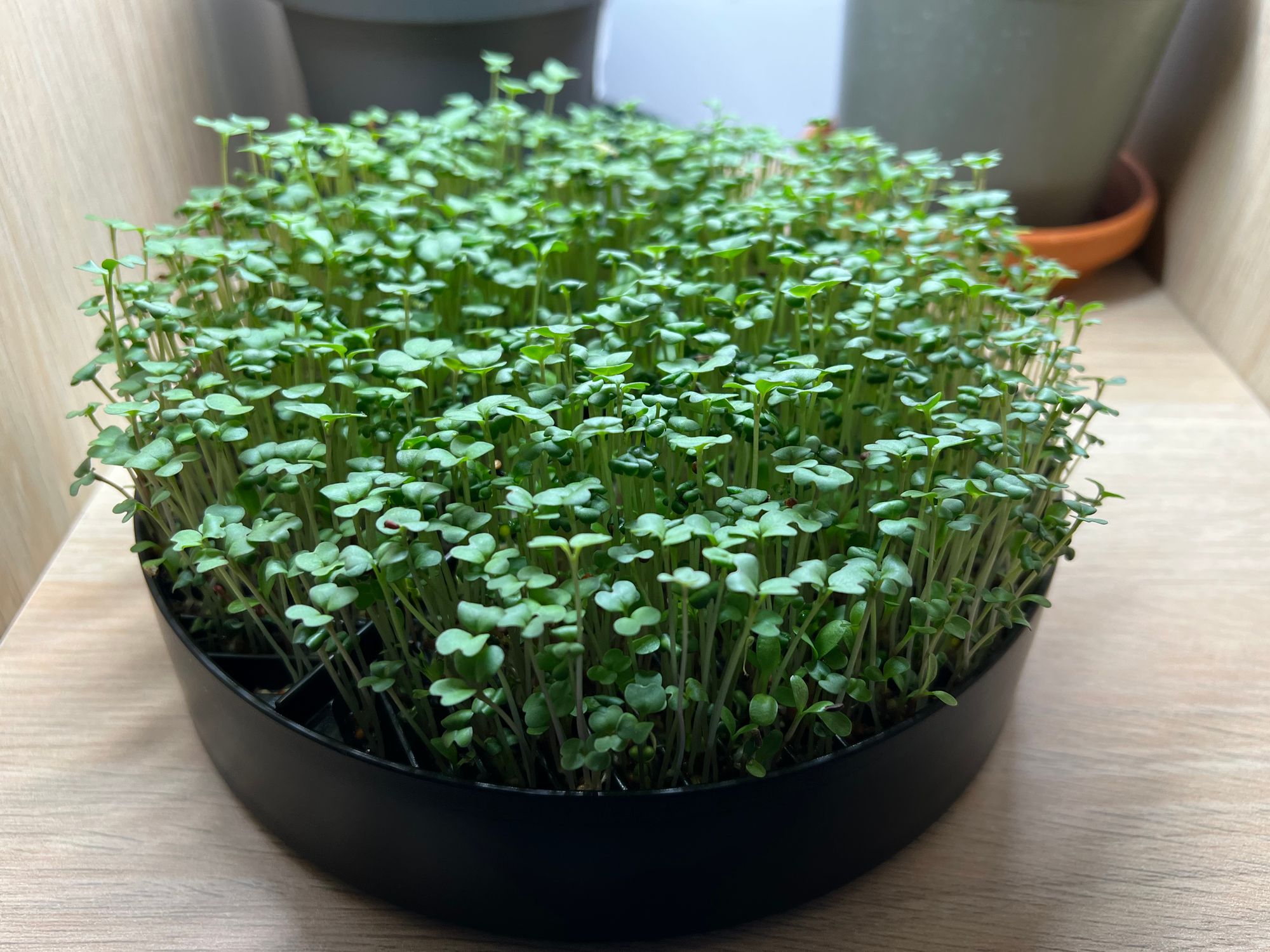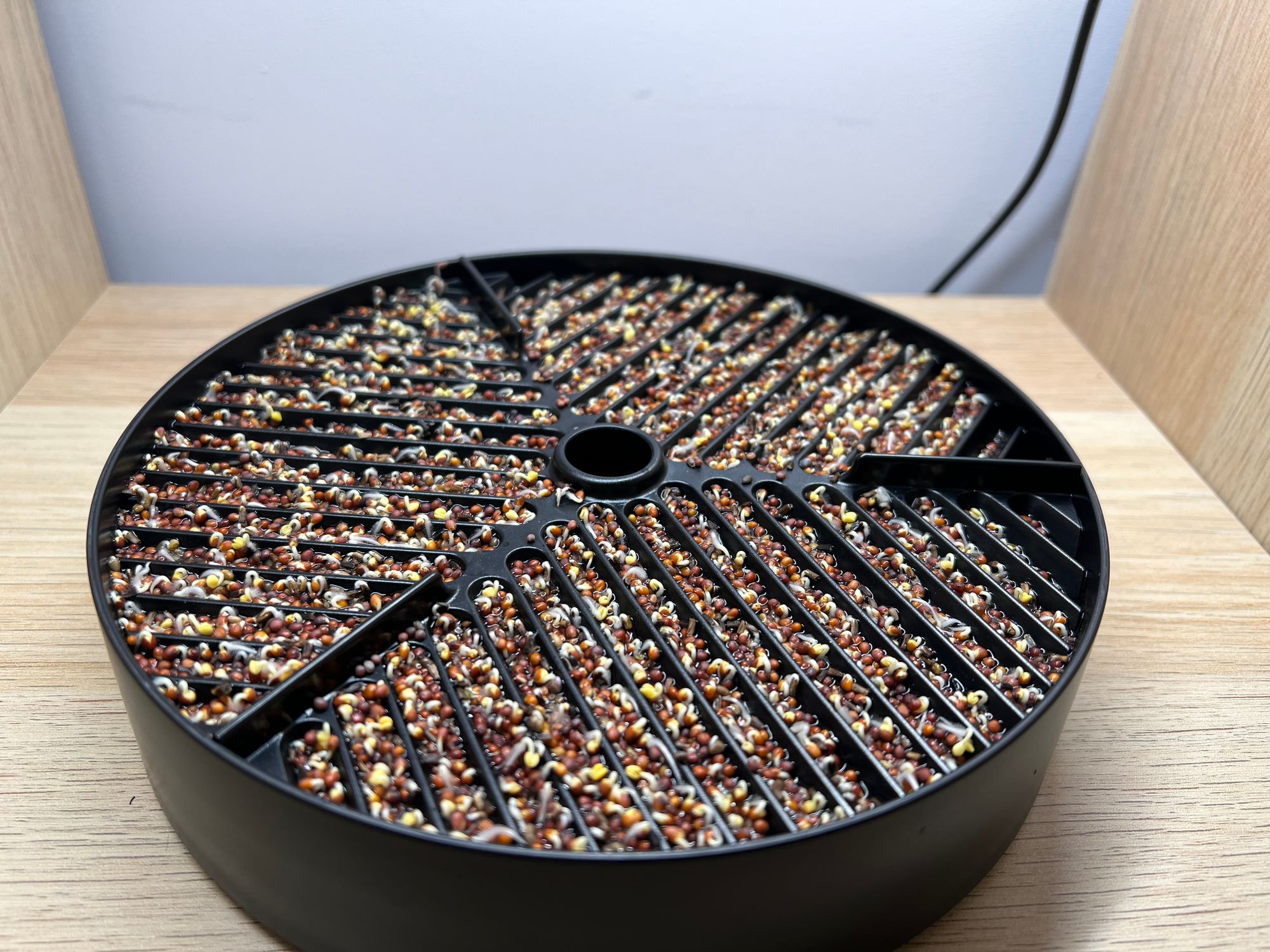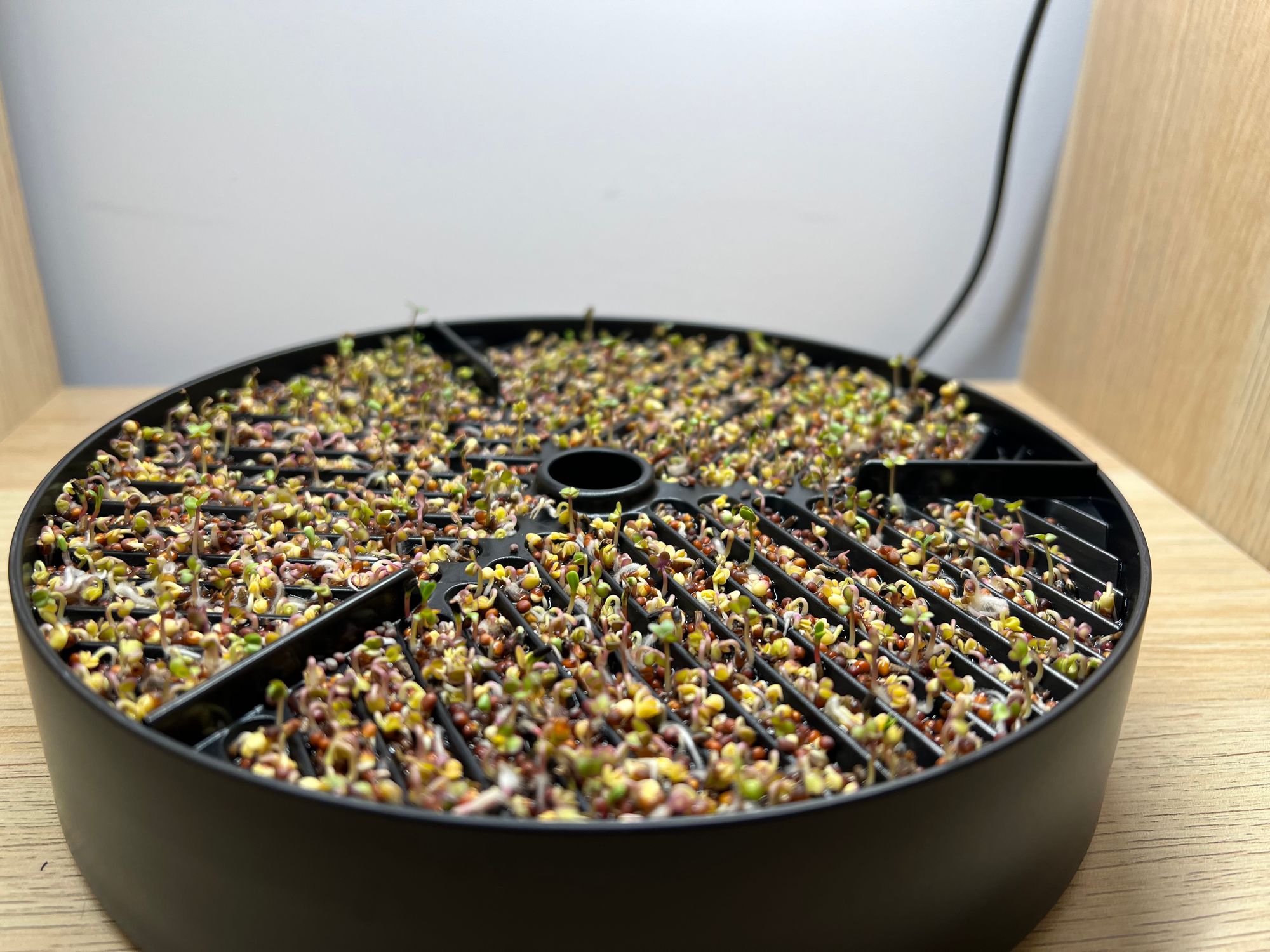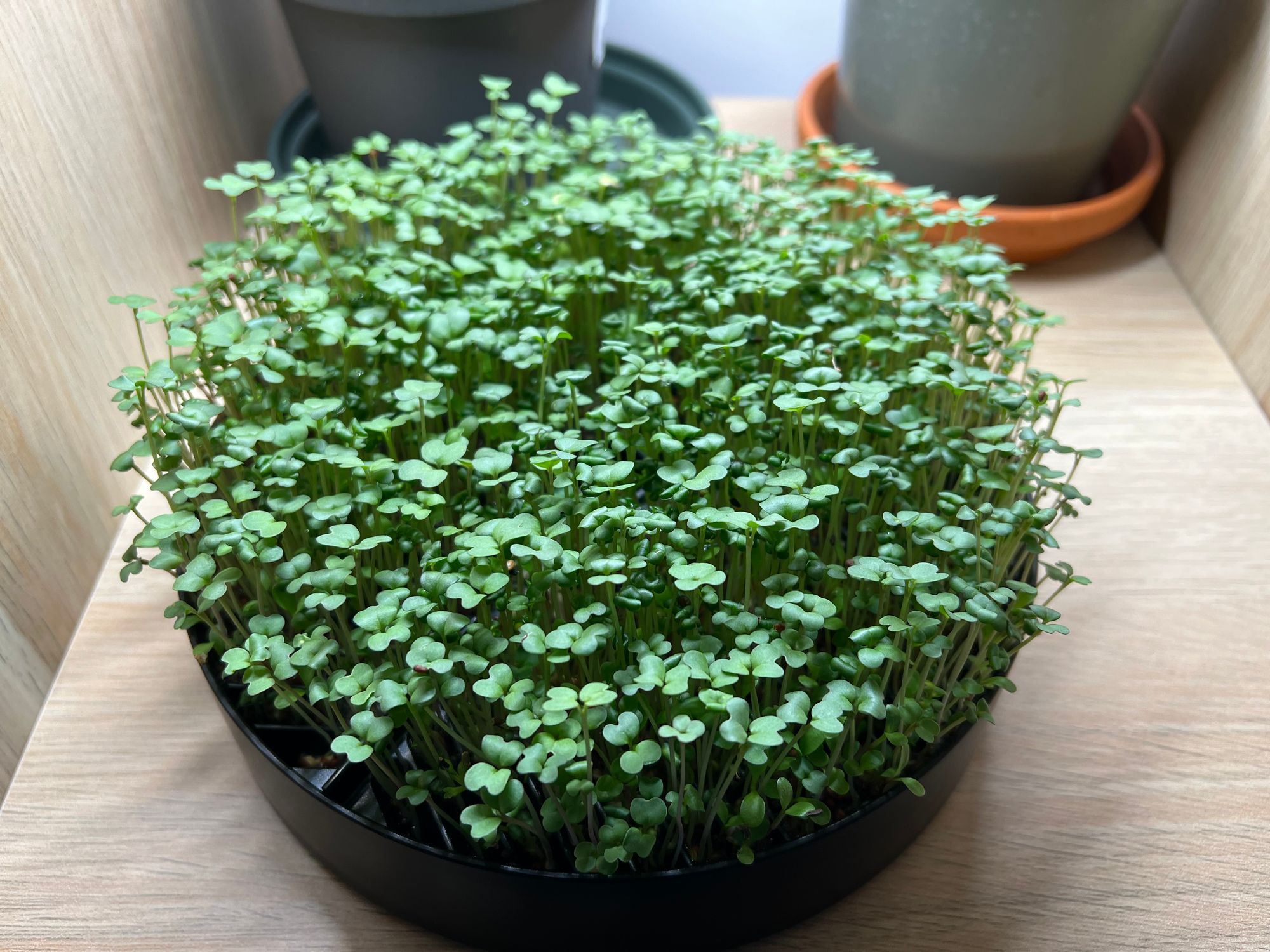Microgreen 🌱 Farming: The Future of Urban Farming


Microgreen farming has seen a surge in popularity in recent years, and for a good reason. Microgreens are not only delicious, but they are also packed with nutrients and have been shown to have a variety of health benefits. Growing microgreens is also relatively easy and can be done in a small, indoor space with minimal equipment.
One of the most popular methods for growing microgreens is using a hydroponic system, such as a micropod. These small, compact systems are perfect for growing microgreens at home or on a small-scale commercial level. One of the best micropods in the market is micropod by mother. Mother offers a great range of products - although, pricier than their competitors - that are high quality and durable.
Urban farming has been gaining popularity in recent years, as more and more people are looking for ways to grow their own food in small spaces. Mother micropods are small, modular, and highly efficient indoor farming systems that can be used to grow a wide variety of plants in urban environments.
A mother micropod is essentially a self-contained hydroponic growing system that is designed to be easy to set up and maintain. The use of hydroponics means that the plants don't need soil to grow, which makes it an ideal solution for small spaces where soil-based gardening might not be feasible.
One of the most significant advantages of mother micropods is their compact size and versatility. These systems can be placed on a table or countertop, or even hung on a wall, making them ideal for small apartments, balconies, or patios. They can also be used to grow a wide variety of plants, including herbs, vegetables, and even fruits. This means that you can enjoy fresh, homegrown produce all year round, regardless of the size of your living space.
Another advantage of mother micropods is that they are highly efficient. Because the system is self-contained and uses hydroponics, it consumes less water and energy than traditional soil-based gardening methods. This makes it a sustainable option for urban farmers who want to grow their own food while minimizing their environmental impact.
The first step in growing microgreens using mother micropods is to fill the pods with a growing medium. There are several options to choose from, such as coco coir or rockwool. Optionally, add a small amount of nutrient solution to the top of the pod. This solution will provide the plants with the necessary nutrients to grow (I personally don't use any nutrients).

Once the pods are filled, it's time to add the seeds. You can choose from a wide variety of microgreen seeds, including mustard greens, radishes, and broccoli. Once the seeds are in place, cover the pod with a lid to create a dark, humid environment that is ideal for germination.
After a few days, the seeds will begin to germinate and grow (see image above). At this point, the lid can be removed and the micropods can be placed under grow lights to provide the plants with the necessary light for photosynthesis (see image below). The nutrient solution is constantly cycled through the system, providing the plants with the necessary nutrients to grow.

The plants will be ready to harvest within 7-14 days, depending on the variety. Once harvested, they can be eaten raw or used in a variety of recipes. The best thing is that mother micropods are reusable, so it reduces the environmental impact and cost for growers.

In conclusion, microgreen farming using mother micropods is a great way to grow fresh, nutrient-dense microgreens all year round. It's easy, efficient, and perfect for small-scale operations. Whether you're a hobbyist or a small-scale farmer, mother micropods are a great choice for growing microgreens. With them, you can grow fresh greens all year round, providing you and your loved ones with an abundance of healthy options.